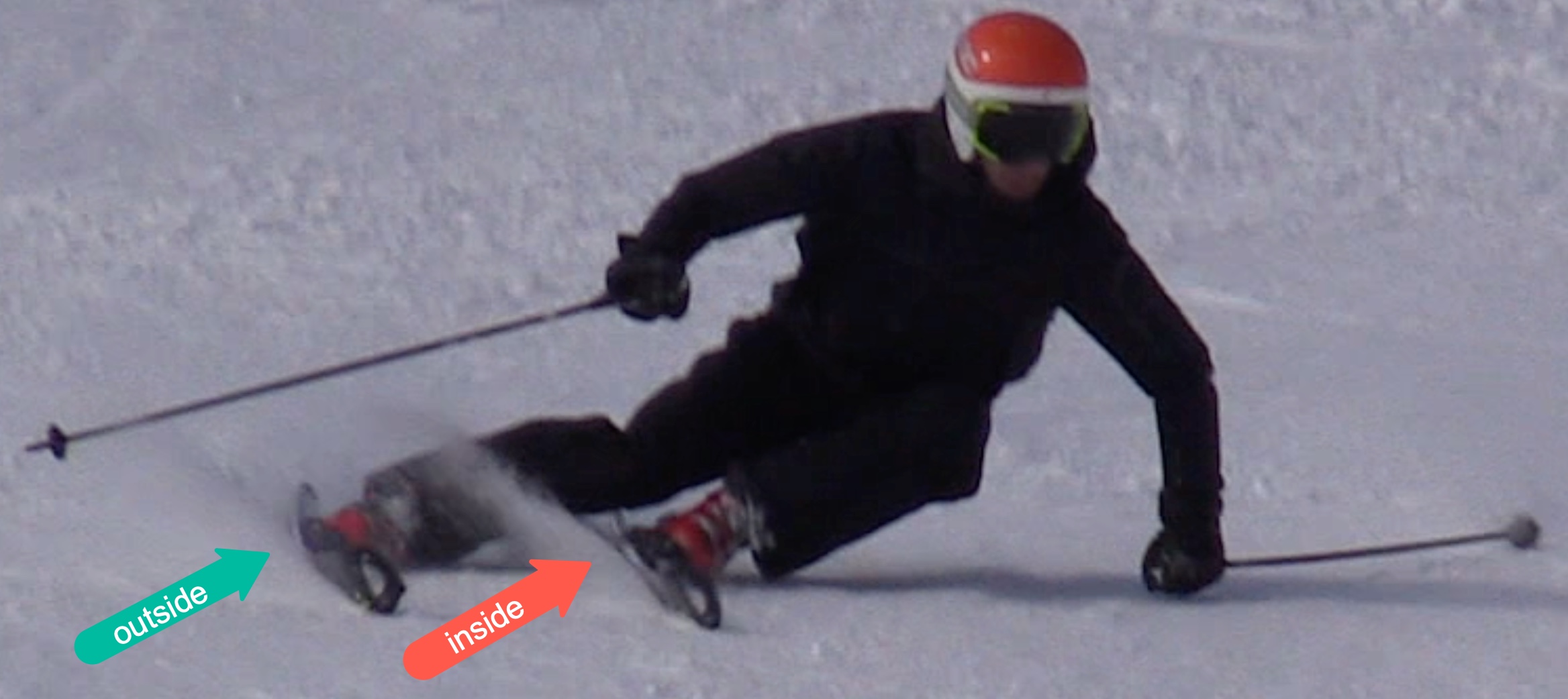Instructors encounter students with deeply embedded movement patterns that need to be unlearned and replaced. Helping such students do the switch is a difficult task. It's hard for the instructor to teach the new pattern because the old habit is so strong, and it's hard for the student to do the long-term follow-up after the lesson that will make the new pattern stick.
Maybe it would be good to read some success stories. I'm wondering how many of us have personally replaced an old deeply embedded movement pattern in our skiing. How did you discover you needed to do something fundamentally different? How did you accomplish the switch? Was it as difficult to do as the horror stories indicate? Does the old pattern resurface on occasion?
From your vantage point now, would you say the first movement pattern served you well for a while, before you replaced it? Or do you wish you'd never learned it in the first place because it inhibited a faster progression in your skiing skills?
Maybe it would be good to read some success stories. I'm wondering how many of us have personally replaced an old deeply embedded movement pattern in our skiing. How did you discover you needed to do something fundamentally different? How did you accomplish the switch? Was it as difficult to do as the horror stories indicate? Does the old pattern resurface on occasion?
From your vantage point now, would you say the first movement pattern served you well for a while, before you replaced it? Or do you wish you'd never learned it in the first place because it inhibited a faster progression in your skiing skills?
 That's modern learning theory: we don't change patterns, we learn new ones and eventually learn to replace the old responses with the new ones. Besides choosing a preferred model of "patterns" and training them to create the new wirings, you have to then replace the response to the stimuli and that's achieved by de-composing, re-composing, using external cues etc - it's a lot of coaching theory on this.
That's modern learning theory: we don't change patterns, we learn new ones and eventually learn to replace the old responses with the new ones. Besides choosing a preferred model of "patterns" and training them to create the new wirings, you have to then replace the response to the stimuli and that's achieved by de-composing, re-composing, using external cues etc - it's a lot of coaching theory on this.
